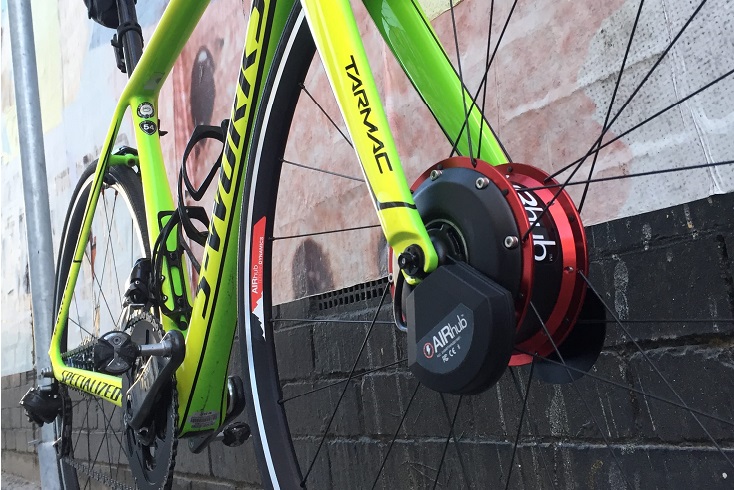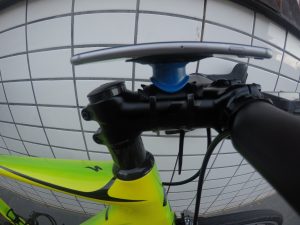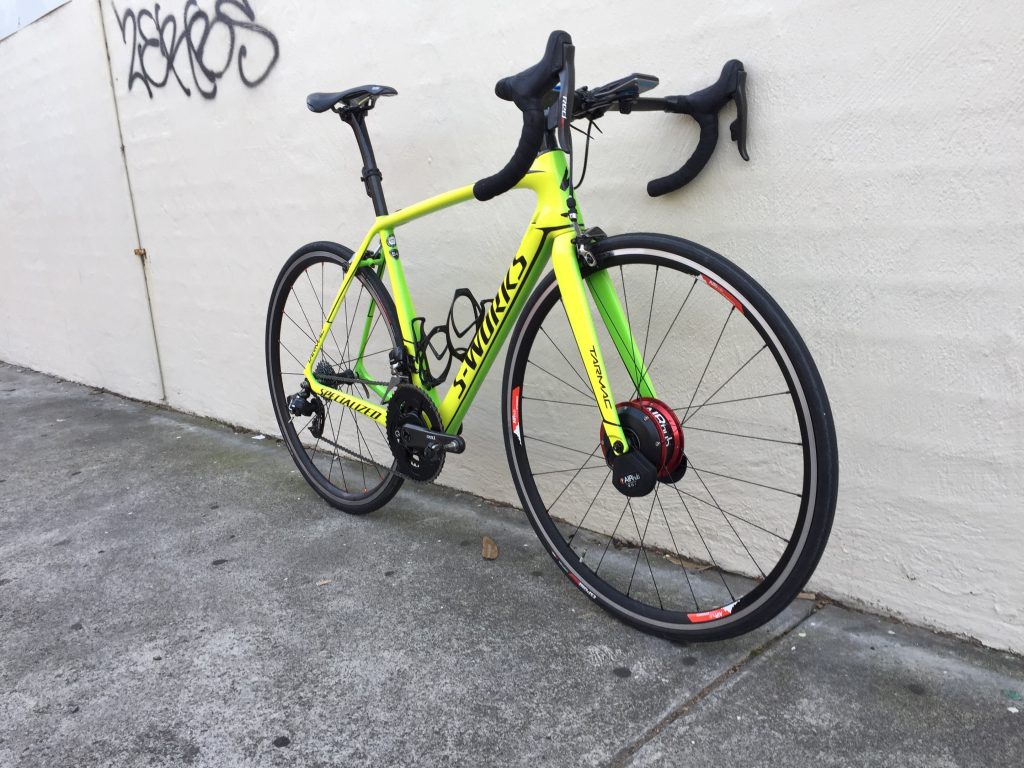
If you’re reading this blog post there’s a fair chance you’re a keen cyclist and your story may be similar to mine…
I took up cycling later in life. I’d been into sport at school, but never cycled. I went to university and partied hard in my early twenties, travelled to see the world, and when I returned back to my home city of Melbourne I was looking for a new hobby. Triathlons were it, and they eventually led me to the world of cycling, roughly ten years ago.
Like most, I started off riding with some mates. We were all beginners wearing mismatched gear and having absolutely no idea about the deep and exciting world we were about to enter. However, I seemed to find it more intriguing than most. As a result, I became significantly fitter and stronger on the bike, to a point where I became frustrated riding with slower and unfit friends.
But then I was torn.
One of the great aspects of cycling is social interaction. As a family man who finds little time in each day to catch up with friends, cycling provides the opportunity to kill two birds with one stone – exercise and social interaction with great mates at the same time.
And then I said goodbye, for good.
The time eventually came. I became so anal with my training that I had to kiss goodbye riding with good mates. Even when we were rolling on those endurance rides I wanted to stay at 230 watts to optimise the limited time had to train. Yet training that way with casual cyclists, is almost impossible. I became frustrated with this dilemma, as ironically, one of the factors that made me fall in love with the sport in the very first instance was riding with friends.
The AIRhub now offers a solution
So after testing the AIRhub along a strip of road that undulates, I started to paint a picture in my head about the value proposition this wheel has to offer. In fact, I was so caught up on one particular aspect to this wheel that I decided to contact the creator, Michael Freiberg (the 2011 World Omnium Champion) to understand his perspectives on why cyclists would use the AIRhub. Interestingly, what he led with was not what I was getting hung up on.
Michael went straight to training optimisation.
Let’s face it. We all suffer from not having enough time in the day. Even when you can train for ten hours in a week, you wish you had twelve! The grass is always going to be greener, as I am sure you’ve come to know. With the AIRhub you can increase output without increasing your time on the bike.
How can you optimise output?
The AIRhub is controlled by a phone app on your iPhone or Android device. You can control the resistance on the AIRhub with 5 key controls:
- Watts: You can increase the wattage output by up to 100 watts. For example, if you were riding next to someone at 180 watts, but really wanted to ride at 230 watts, you would increase the resistance by 50 watts, enabling you to ride side by side at your preferred output.
- Power: Assuming you’re rolling over 150 watts, you can then set the Power at a specific output. Meaning, the AIRhub will ensure you’re resistance is staying at a set power level during your ride.
- Heart Rate: The AIRhub will vary resistance depending on what you set your heart rate at. Ideal for long endurance rides where you heart rate could start accelerating after a long period in the saddle. The AIRhub will slowly reduce resistance across the ride to ensure your heart rate doesn’t go beyond a certain point, but also starts at the right level.
- CdA: “Cda mode is a smart resistance mode that uses your road speed to decide how many watts of extra resistance to apply”, according to Terrain Dynamics. Essentially, this mode will add resistance on the flats and with a tail wind but will back off the resistance when climbing and also into a head wind, ultimately ensuring there’s no opportunity to get an easy ride.
- W/kmh: This mode is similar to Cda, however, you control the increase in wattage relative to your speed. Here, the faster you go, the more resistance will be added to the AIRhub.


These are an assortment of resistance controls, if you will. It’s no wonder Michael called himself a “connoisseur of resistance”.
Michael really emphasised the ability for a rider to put pressure on the front of the wheel during their ride. This will lead to fatigue much more rapidly and thus a better training output, whether they’re on their own or within a bunch.
How can you get more out of your local bunch ride?
If you haven’t already figured out, riding in bunches equals more freewheeling, which means you’re not getting the most out of your session. However, let’s just say you added extra watts for every km/h you rode? All of a sudden your freewheeling turns into pedalling. You get to enjoy the thrill of a bunch while also increasing the output required.
It’s no wonder cyclists are seeing big improvements in a matter of two weeks with the AIRhub.
What about riding with your old cycling mates?
Going back to the start of this article, I discussed that torn feeling. Whether you would like to ride with your old cycling buddies or perhaps your partner, who you once rode with, the AIRHub provides a solution. And this is what I got excited about.
What I personally loved about this tool was its ability to add up to 100 watts of resistance. Whenever I ride with my old cycling mates we’re travelling at around 180-200 watts. Then, if you sit on a wheel, assuming you’re three or more riders, you’ll get down to 130-140 watts. Not an ideal training session.
With the AIRhub I could add the required wattage – whether I was on the front of the group or behind a wheel – to ensure I am training at an optimum level, all while enjoying hanging out with my old cycling mates again! For me, that’s the winner.

AIRhub Pros and Cons Breakdown
Pros
- Optimise training output.
- Train at your level with people at various fitness levels.
- Great app, easy to use.
- Resistance is responsive to change in controls.
- Looks good.
Cons
- Price, $1,950AUD. Not within reach for all, but justified given the required technology.
- Accuracy of resistance rolling up and down hills (but let’s be fair, not even the greatest automotive cruise controls can get this one spot on).
- Slight noise. This didn’t bother me, but there is some noise that comes with increasing resistance.
Find thousands of cycling products, like the AIRhub, for sale from bike shops and private sellers in your local area on Bike Chaser. Search and find your new cycling gear here.





Great tool but too expensive for me